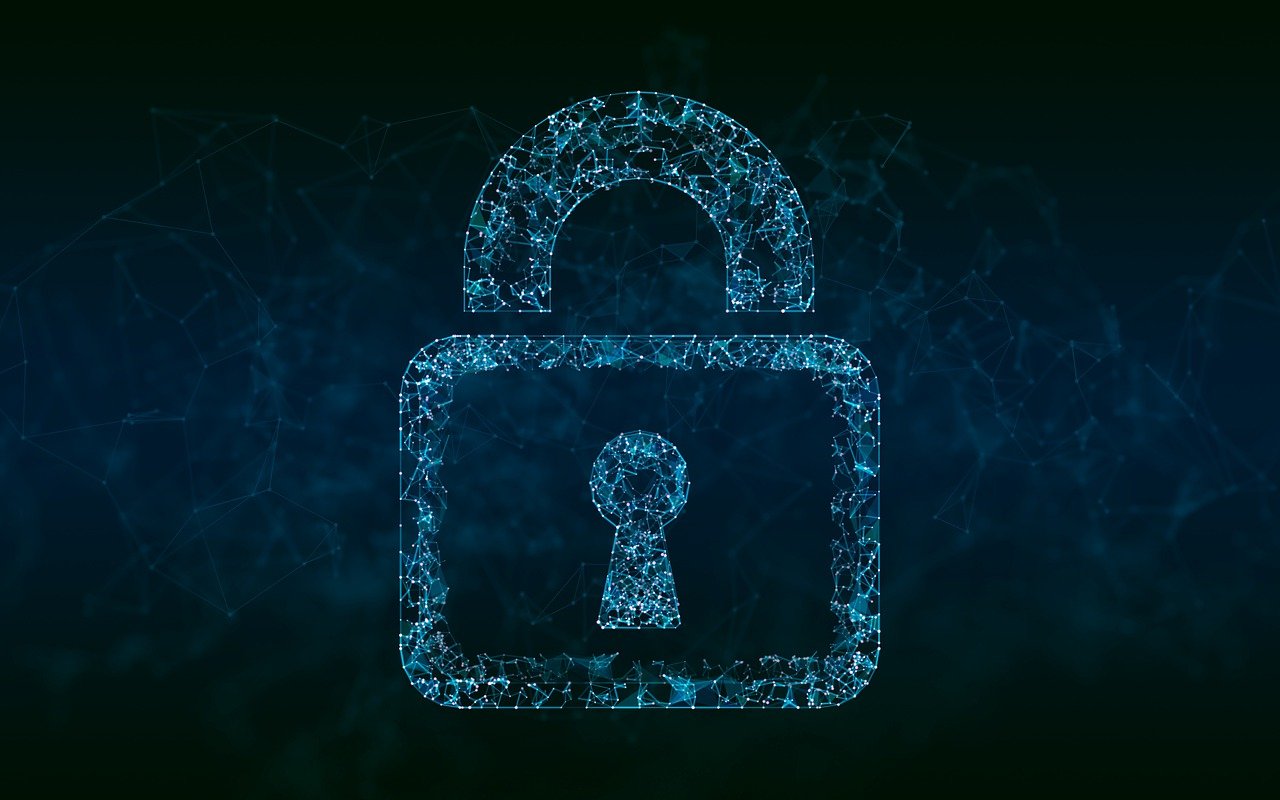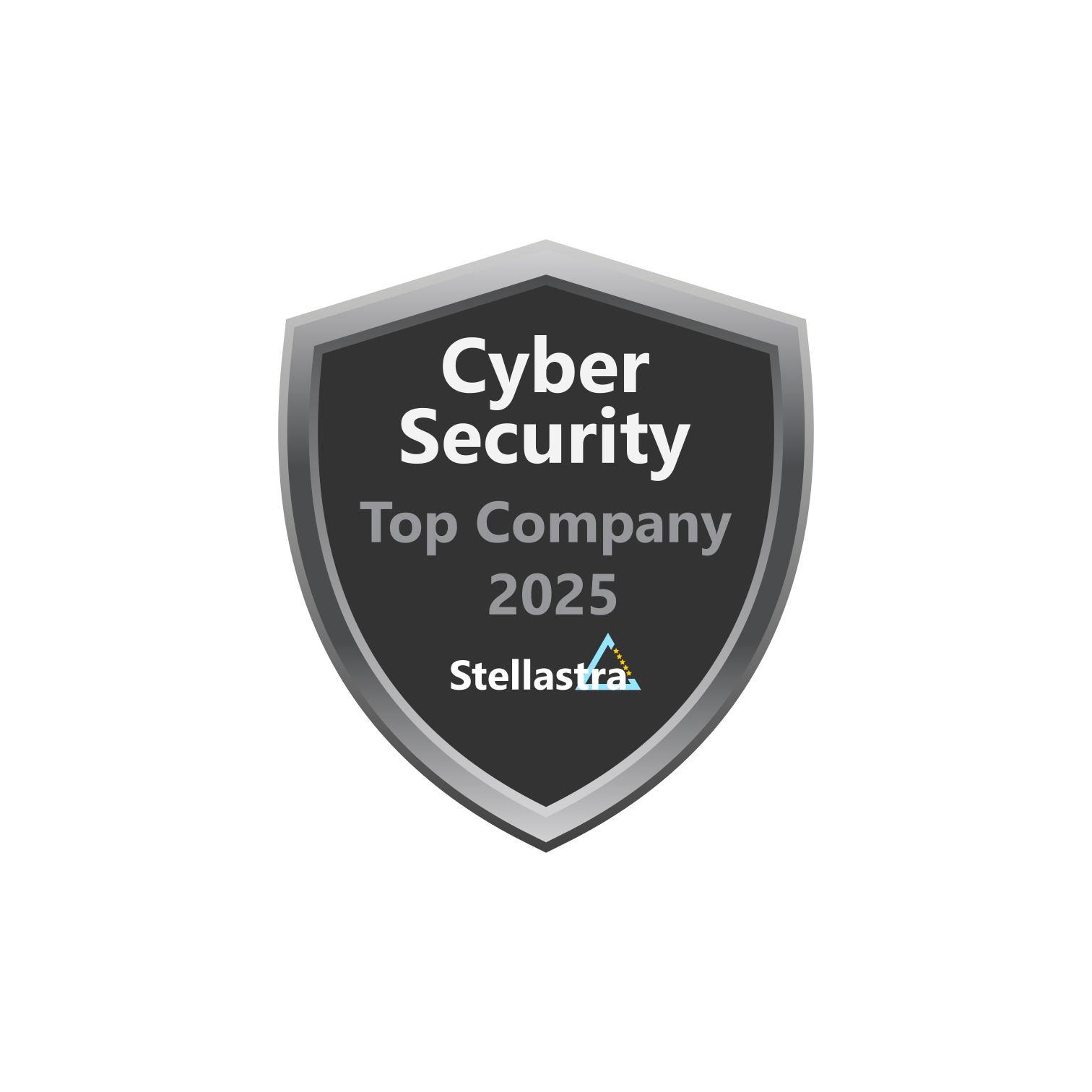· 4 min read
What is Mobile Device Management MDM | Definition and Meaning
Mobile Device Management MDM refers to a comprehensive method to manage and secure mobile devices within organizations, enhancing security, compliance, and workforce productivity.

What is Mobile Device Management (MDM)?
Mobile Device Management (MDM) refers to a comprehensive method designed to streamline the management of mobile devices within an organization. With the rapid proliferation of smartphones, tablets, and laptops in the workplace, MDM solutions provide a structured approach to managing these devices effectively. Here, we will delve into the definition, functionalities, benefits, and key components of MDM.
Definition of Mobile Device Management
Mobile Device Management is a type of software and process that allows IT departments to control, secure, and enforce policies on smartphones, tablets, and laptops. It encompasses managing devices as they connect to corporate networks and helps organizations ensure compliance with regulatory requirements, thereby enhancing security and workforce productivity.
How Does Mobile Device Management Work?
MDM works through a combination of software and security policies that manage the mobile devices interacting with an organization’s data. The MDM server communicates with the devices, which require an agent installation that executes the policies set forth by the IT administrators. This includes tasks such as pushing updates and applications, tracking location, remotely wiping data, and more.
Importance of Mobile Device Management
The importance of MDM extends beyond just device management. With increasing cyber threats, MDM solutions act as a barrier to unauthorized access, ensuring sensitive corporate data is protected. Moreover, MDM helps in maintaining compliance with industry regulations while allowing employees the flexibility to use their devices for work purposes.
Benefits of Utilizing MDM Solutions
- Security: By enforcing security policies, such as requiring a passcode, encryption, or remote wipe capabilities, MDM enhances data security.
- Cost Efficiency: MDM can significantly reduce the overhead of managing devices through streamlined processes and less downtime.
- Improved Productivity: Employees can utilize their mobile devices for work purposes efficiently without compromising security protocols.
- Compliance Management: Organizations can easily adhere to various compliance regulations through standardized processes.
MDM Software and Solutions
MDM solutions span a range of software available in various deployment models including cloud-based solutions, on-premises installations, or hybrid models. Popular MDM vendors include Microsoft Intune, VMware Workspace ONE, and IBM MaaS360, each tailored to different organizational needs.
Types of Mobile Device Management
MDM can be categorized into several types based on the deployment model, including:
- On-Premises MDM: Organizations host the MDM solution on their servers.
- Cloud-Based MDM: The MDM solution is delivered as a service through the cloud.
- Hybrid MDM: Combines on-premises and cloud-based features for flexible management.
Features of MDM
Common features of MDM software include:
- Remote device management and support
- Application management
- Device analytics and reporting
- Compliance monitoring
- Security policy enforcement
- Content management
Known Vulnerabilities
While MDM solutions provide crucial security and management capabilities, they are not immune to vulnerabilities. Below are some notable vulnerabilities associated with different MDM solutions and frameworks:
CVE-2023-38186: This vulnerability in Windows Mobile Device Management (MDM) allows for elevation of privilege, enabling malicious users to gain unauthorized access to certain functionalities.
CVE-2023-47312: In Headwind MDM Web Panel (version 5.22.1), incorrect access control can lead to credential leakage through audit entries.
CVE-2023-47313: This vulnerability involves directory traversal in Headwind MDM Web Panel (version 5.22.1), allowing attackers to access arbitrary files by manipulating API calls.
CVE-2023-47314: Headwind MDM Web Panel (version 5.22.1) is also vulnerable to cross-site scripting (XSS), where attackers can upload malicious HTML files that execute in victims’ browsers.
CVE-2023-47315: The same platform has a critical vulnerability due to a hard-coded JWT secret, potentially allowing attackers to exploit user authentication mechanisms.
CVE-2023-47316: This vulnerability allows unauthorized access to sensitive API calls, impacting user data and file management capabilities.
CVE-2022-21992: Windows Mobile Device Management has been found vulnerable to remote code execution, raising concerns over potential exploitability in live environments.
CVE-2021-21482: SAP Netweaver MDM (versions 710, 710.750) is exposed to brute force password attacks by malicious users, potentially compromising sensitive data.
CVE-2021-43880: Again in Windows Mobile Device Management, this version has an elevation of privilege vulnerability that can be exploited by attackers.
Awareness of these vulnerabilities is essential for organizations to proactively secure their MDM implementations. Regular software updates and thorough security assessments can significantly mitigate risks associated with these vulnerabilities.
Reviews and Comparisons of MDM Solutions
When selecting an MDM solution, organizations often consult MDM reviews to gauge the effectiveness, user satisfaction, and overall performance of various platforms. Comprehensive reviews often highlight aspects such as ease of use, support services, features, and pricing, helping businesses make informed decisions.
Mobile Device Management serves as an essential tool for modern enterprises looking to secure their mobile environment. Understanding MDM’s definition, functionalities, and significance can help organizations leverage the technology effectively. As mobile workforces continue to grow, employing robust MDM strategies will remain vital for securing corporate data while enhancing operational efficiency.
By embracing MDM, companies can navigate the complexities of managing mobile devices seamlessly and securely in a rapidly evolving digital landscape. Continued vigilance against known vulnerabilities will further strengthen the security posture of MDM systems, ensuring that organizational data remains protected.

